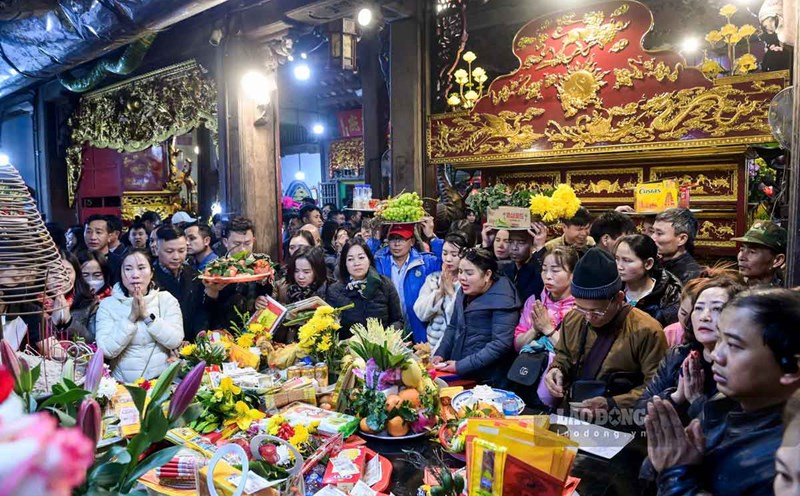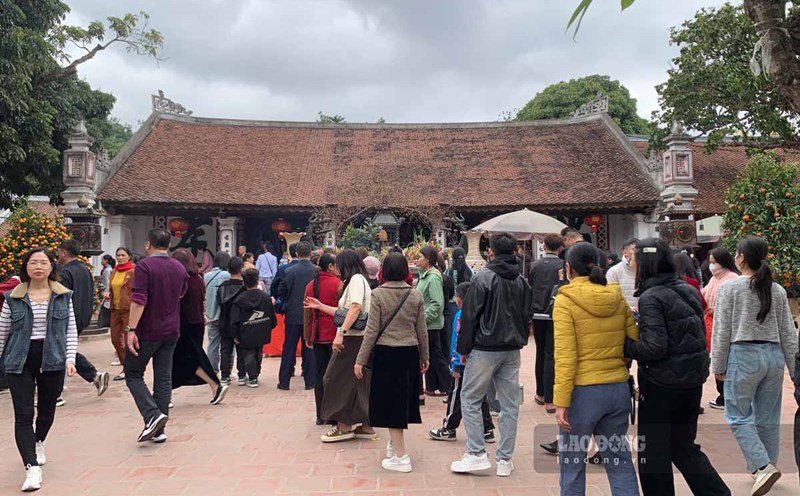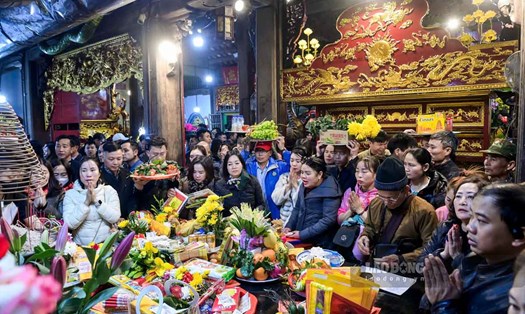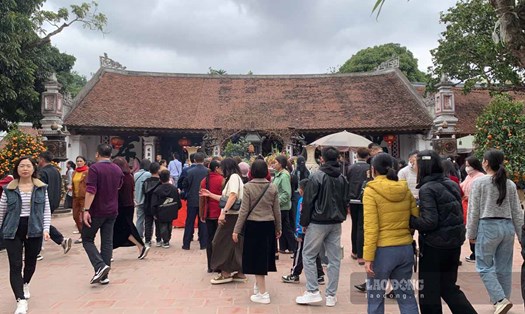Vi Khe bonsai village (Dien Xa commune, now Nam Dien commune, Nam Truc district, Nam Dinh province) is a famous bonsai growing village in the country, having existed for more than 800 years.
According to the village elders, according to the village's genealogy, in 1211, the Grand Chancellor To Trung Tu of the Ly Dynasty was assigned to govern Son Nam Ha town (now the provinces of Nam Dinh, Ninh Binh, and Ha Nam). He chose Gia Trang ap (now the village of Vy Khe) to establish a temporary palace and build a defensive citadel.
During his time living and working here, he encouraged the development of agriculture for local people. Besides, he also taught local people how to grow flowers and ornamental plants for a long-term livelihood. From there, the flower and ornamental plant growing profession began to take shape and develop.
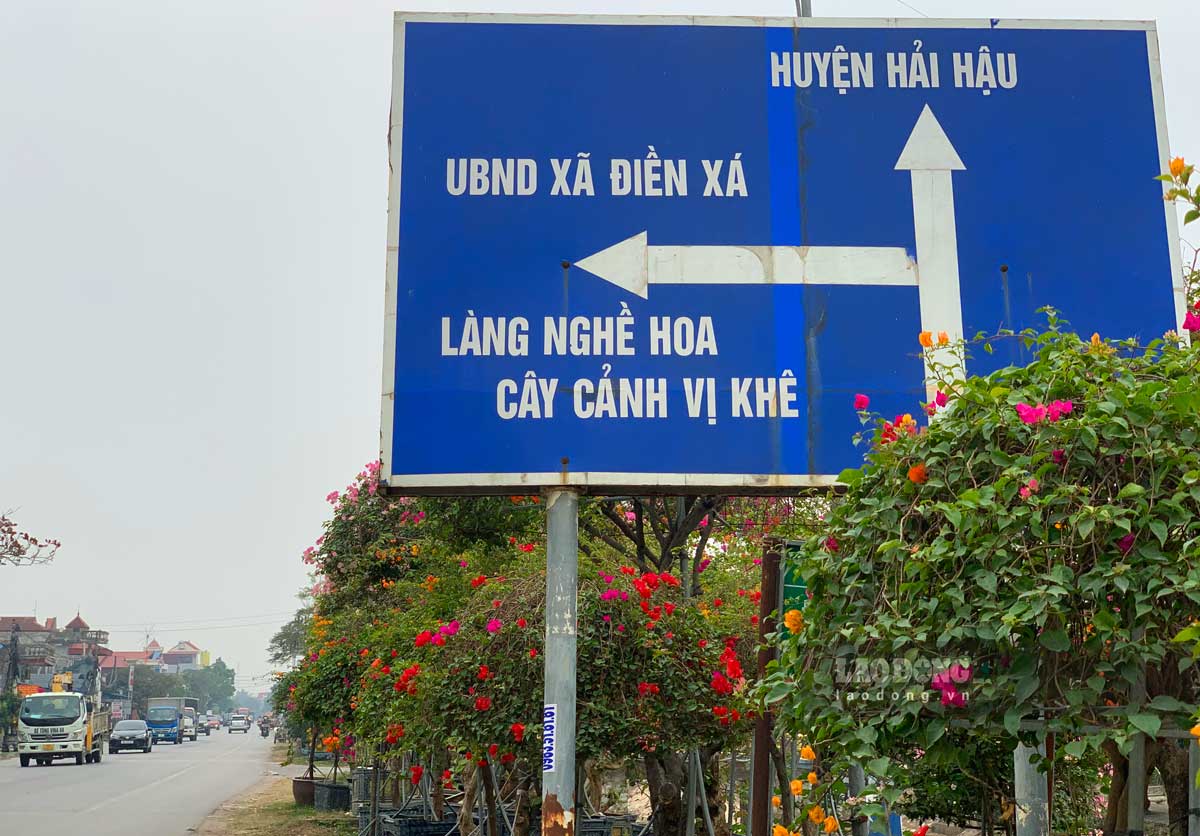
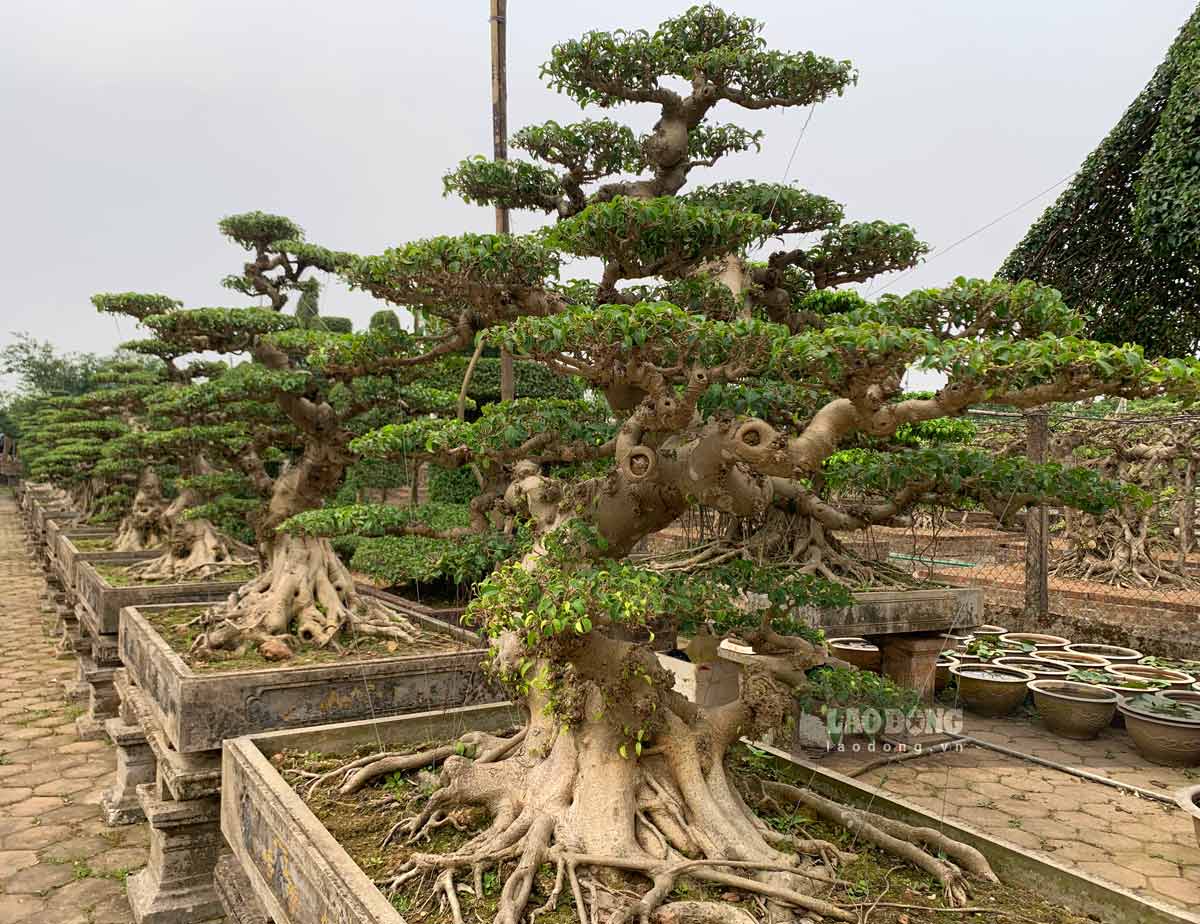
As the 15th generation in the family tree, still preserving the traditional profession, bonsai artist Nguyen Thanh Van (50 years old, in Vi Khe bonsai village, Nam Dien commune, Nam Truc district) said: "Since I was a child, I have been exposed to trees, and when I grew up, my grandfather and father passed on the profession to me. Up to now, I have had thousands of bonsai works sold on the market."
According to Mr. Van, one of the unique features of Vi Khe bonsai village is the technique of bending and shaping trees. A bonsai work for the market often takes a lot of time, some trees take decades to care for, bend, and trim; some trees even follow the artist for the entire life.
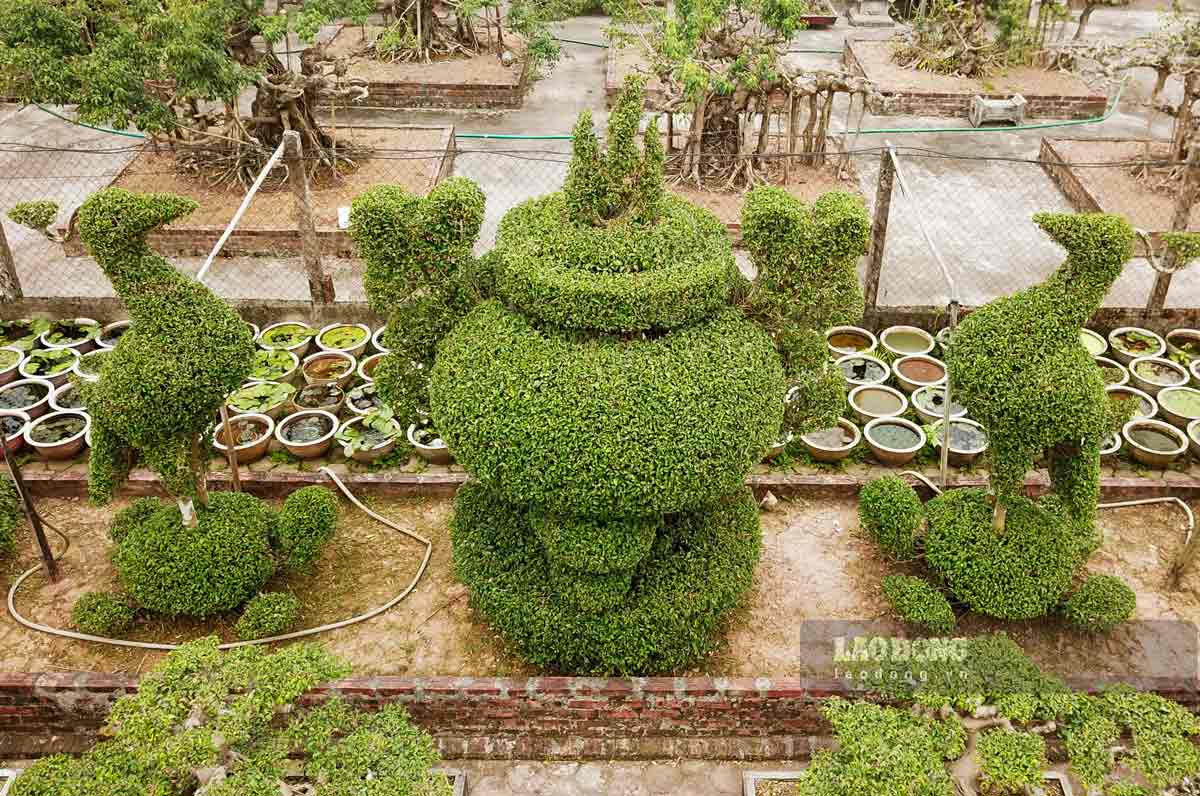
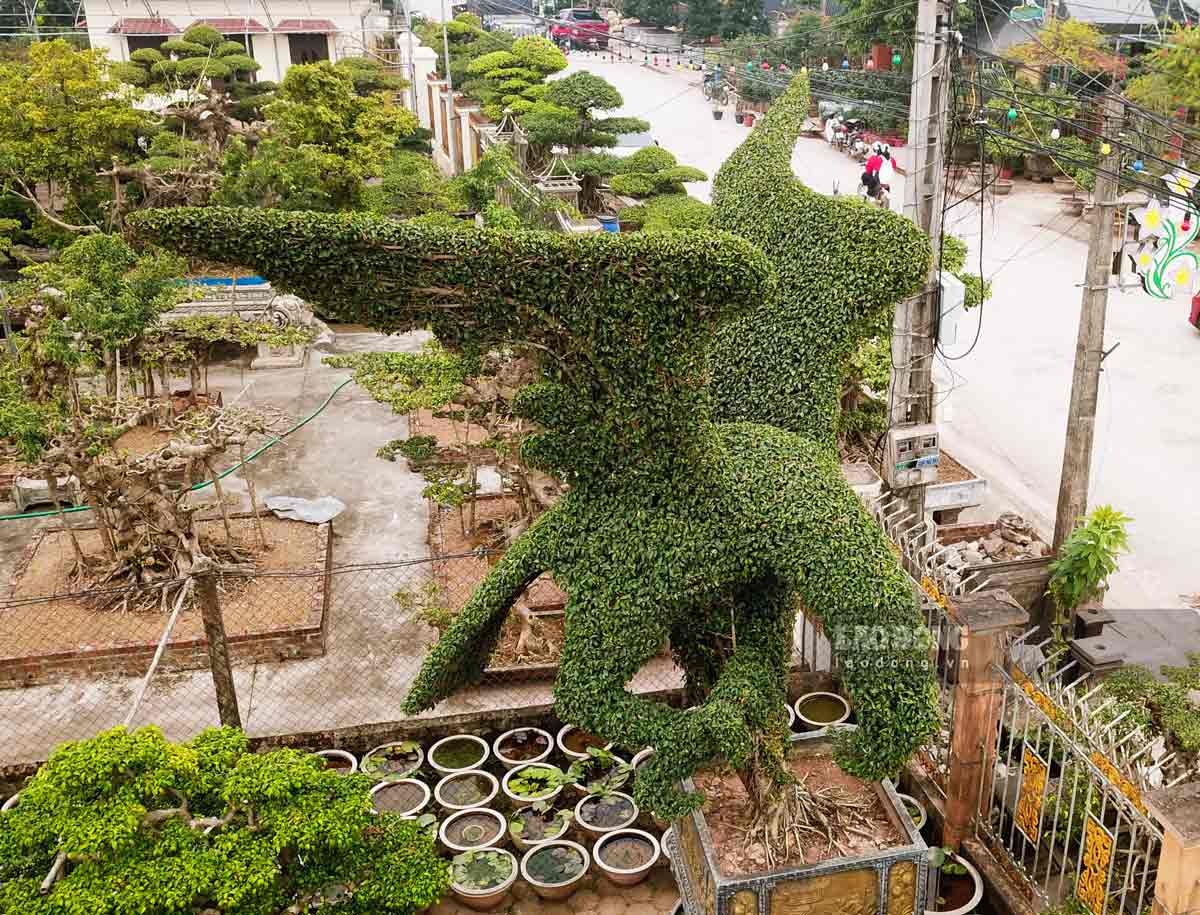
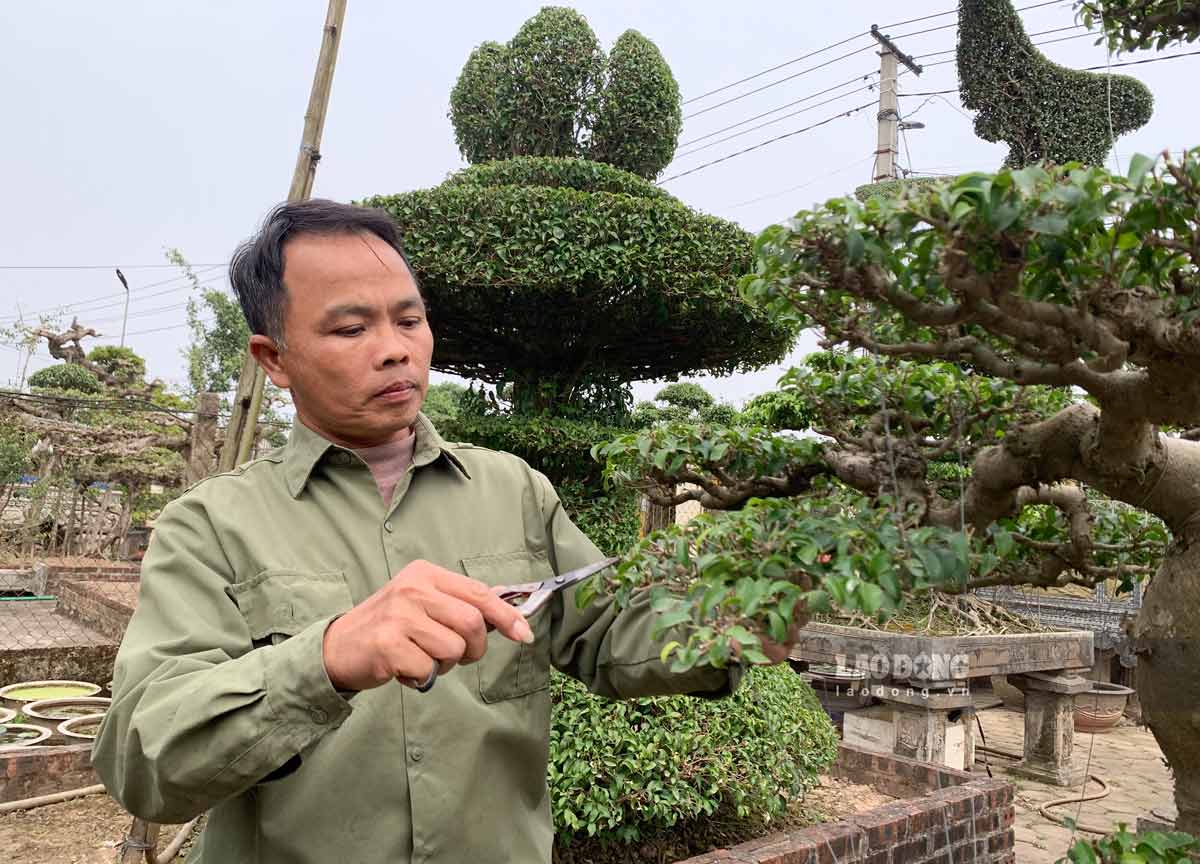
"Each tree work I bend not only exudes a beautiful shape, but also conveys the content, wishes, and aspirations of the tree bender and tree player. Therefore, in addition to creativity and skillful pruning techniques, tree benders must have a calm demeanor, meticulousness, and patience," said Mr. Van.
After decades of working in the bonsai profession, Mr. Van has created many memorable works, the most notable of which is the Khue Van Cac work made from a banyan tree, which was displayed at the 1,000th anniversary of Thang Long - Hanoi.
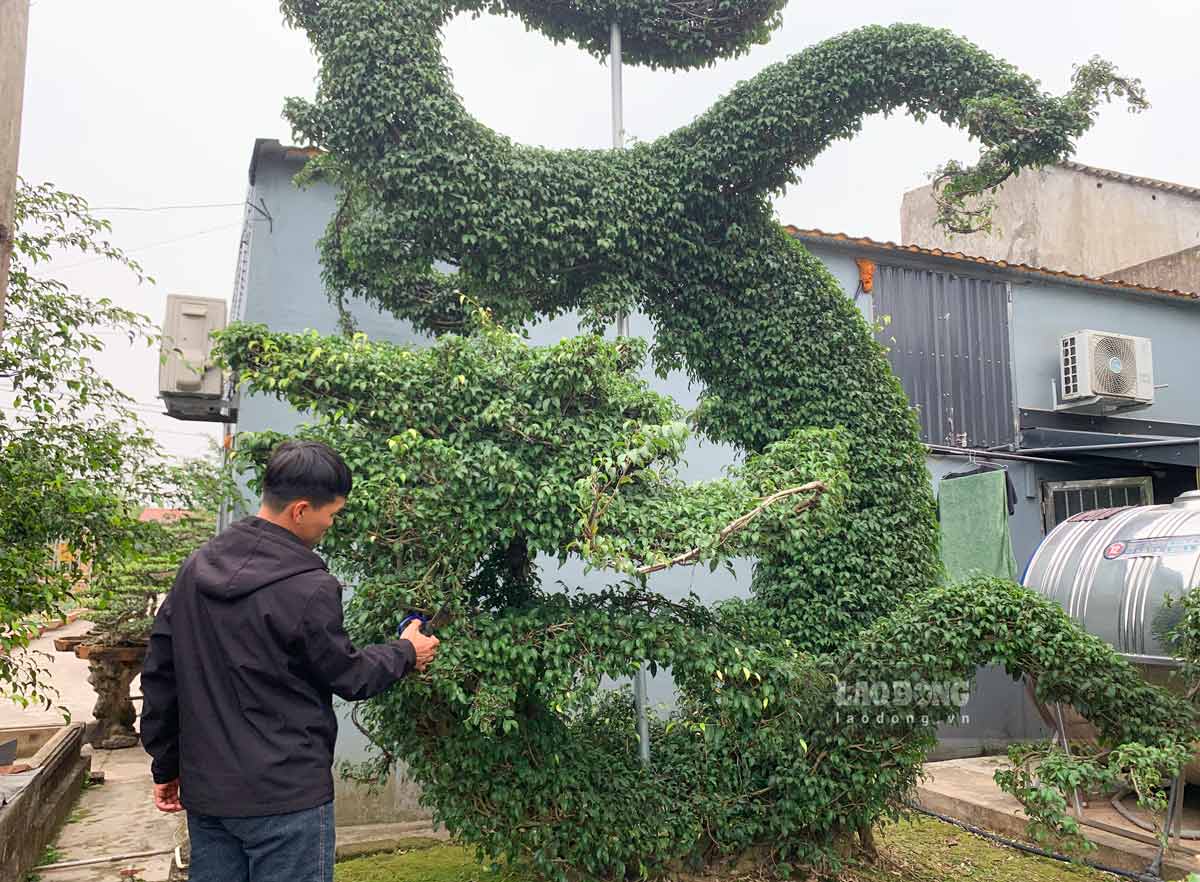
Proud to continue and develop the traditional profession of his father, Mr. Van's son, Mr. Nguyen Thanh Ngoc (28 years old, the 16th generation of the bonsai family) also chose to return to his hometown to do this job. Mr. Ngoc shared: "Realizing my passion for art when working with my father, I chose to return to my hometown to learn the profession with him. Here, bonsai trees, ornamental trees, and bonsai help bring high income to the people, so I think it is very suitable for economic development."
After a period of learning, Mr. Ngoc has had his first art tree products, many of which he is still taking care of and shaping to perfect in the future.

